Innovative indoor Saffron farming.
To overcome challenges in Saffron farming coupled with failed irrigation systems and conversion of land use for construction purposes, farmers are taking innovative recourse to go for indoor saffron farming on vertical structure.
A seasoned farmer from a village in Pampore town in South Kashmir, knows the art of preserving saffron corms (saffron bulbs). He is saving them for his next cycle of indoor saffron farming. The delicate saffron bulbs give rise to the fall-flowering purple Crocus sativus, which yields the world’s most expensive spice, saffron, known as “red gold” for its value.
With traditional saffron farming facing challenges like erratic weather , low yields, faulty irrigation and conversion of land use,the concept of innovative indoor farming for saffron is catching up in Kashmir.
Indoor cultivation techniques offer higher productivity, reduced labour and control over environmental conditions, presenting a viable solution to revive saffron farming in Kashmir. Our innovative professionals from SKUAST-K may guide our farmers as how to carry this experimental indoor farming to successful conclusion.
Unlike many crops that propagate through seeds, saffron, locally known as koung reproduces via corms, requiring careful management for continuity. Saffron farmers plant the smaller (less than six grams) corms, and these multiply inside the soil, leading to the production of more corms, including bigger ones that are eventually used for saffron production. Saffron cultivation demands specific conditions, such as controlled climates and precise timing for harvest.
Many saffron farmers with 40 years of experience in traditional saffron farming, have started practicing indoor cultivation since 2021 and are happy to continue with it. They have been able to produce a good yield in a small room with a controlled environment, without worrying about irregular weather and water shortages that are challenges when growing the crop in fields.
However, saffron production in Kashmir has dropped significantly, with a 68% decline over the past two decades. Data from the Agricultural Department shows that the area under saffron cultivation decreased from 5,707 hectares in 1996-97 to 2,387.71 hectares in 2018-19. Similarly, the production of saffron has fallen from 15.95 metric tonnes in the 1990s to just 2.6 metric tonnes in 2023-24.
Saffron was once widely cultivated in the Pulwama district, but various factors, including low yields and increased urbanization and national highways expansion around saffron fields have prompted farmers to switch to higher-yielding crops.
To address these challenges, SKUAST-Kashmir introduced the concept of indoor saffron farming in 2018, aiming to boost productivity and improve saffron quality using scientific methods. Indoor farming reduces water and chemical usage, offers better control over environmental conditions, and requires less labour. Funded by NABARD, this three-year project (2021 to 2024) has a budget of Rs. 6.0-6.2 lakhs, covering planting material and equipment for five demonstration trials.
This indoor approach begins with corms placed in trays installed in vertical multi-tier racks in an aeroponic system. The room is kept dark for about 90 to 100 days to promote the physiological changes needed for sprouting and flowering, achieved by covering windows with black cloth or cardboard. After the 100-day mark, lighting is turned on to stimulate flower opening.
Harvesting from indoor setups takes place from October to November 10th. Afterward, the corms are moved to open field soil for a chilling phase, following an ultr—high-density module with no gaps between them. “The corms need about 1,100 hours of chilling to ensure they multiply and remain viable for the next year’s crop.
when innovative and progressive Saffron farmers were educated about technological changes in saffron farming they decided to give it a try They approached the saffron station at Pampore and were given an On-Farm Trial (OFT), along with some trays and racks. They started in 2023 with one quintal of saffron corms placed in 128 trays within a 10ft x 10ft room and got a yield of 28 grams of saffron, while traditionally cultivating one quintal across .250 acre (two kanals) yielded more than 150 grams in the same year.
A farmer could begin with 30 to 40 kg of saffron corms when adopting this indoor model, though it’s still in the experimental stage. “Post-harvest, the corms must be sown back in the soil in the field to undergo the necessary cold shock for multiplication.
There is a need for technology that allows corm multiplication indoors so that this experiment becomes a reality to enhance saffron cultivation.
Regarding concerns about lower income from indoor farming, the president of the Saffron Growers Association, Abdul Majid Wani, stated that indoor cultivation has not yet reached its full potential, as it remains in its experimental phase. However, he noted that with technological advancements they may over come limitations and adopt this farming in a big way.
CEO of Farmers Producers Company, Pampore, explained that indoor saffron farming technology is temperature-resilient, reducing the risk of crop failure. However, the main difficulty lies in corm growth, a critical component in saffron cultivation.
“While flower cultivation is possible in any state, the real challenge comes after flowering when the seed undergoes vegetative reproduction. That stage is still a challenge, and if scientists can address it, then indoor saffron farming could become highly successful. But for now, it’s still in an experimental phase. Farmers need to understand the entire cycle of saffron corms and the technical details involved, only then they can fully harness the potential of indoor farming.”
Facing the challenge of corm protection, a local farmer from Pampore (who wished to remain anonymous) noted that corm multiplication is crucial for sustaining indoor saffron farming. “I couldn’t safeguard the corms, which is why I discontinued this farming method,” he said.
As far as NABARD’s support is concerned, a new farmer needs to invest in saffron corms in the first year, with a quintal (100 kg) costing around Rs. 40,000. Farmers can start with a quintal or even a smaller quantity. Multi-tier racks and trays are also needed, costing between Rs. 4,000 and Rs. 5,000. Labour costs are estimated at Rs. 10,000 to Rs. 15,000, bringing the total investment to around Rs. 100,000.
Thus, individual farmers can initiate indoor saffron farming on their own.
The President of the Saffron Growers Association in Kashmir is in the process of signing a Memorandum of Understanding (MOU) with an organisation based out of Kashmir, aiming to invest about Rs. 200 million in indoor saffron farming. “They’ll be arriving any time to set up a vertical farming structure using 125 quintals of saffron corms. Their goal is to achieve a yield ten times greater than traditional saffron farming, using advanced Israeli technology. The project will cover an area of 235 feet.
Innovative farming in action,let us hope a bumper crop is getting actualised by this Technology intervention in Saffron farming.
We as marketers try to help our farmers to increase production to get proper marketing but scientists from SKUAST-K is the authority to guide them in this new initiative.












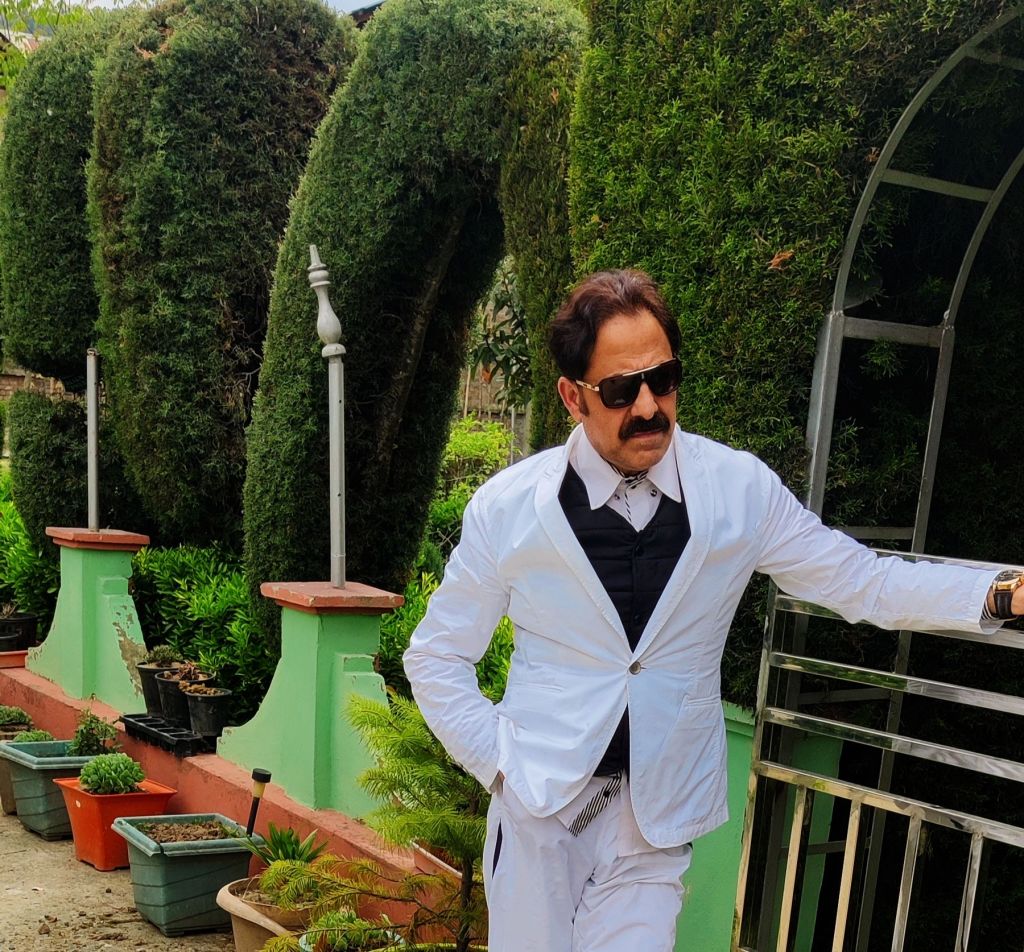




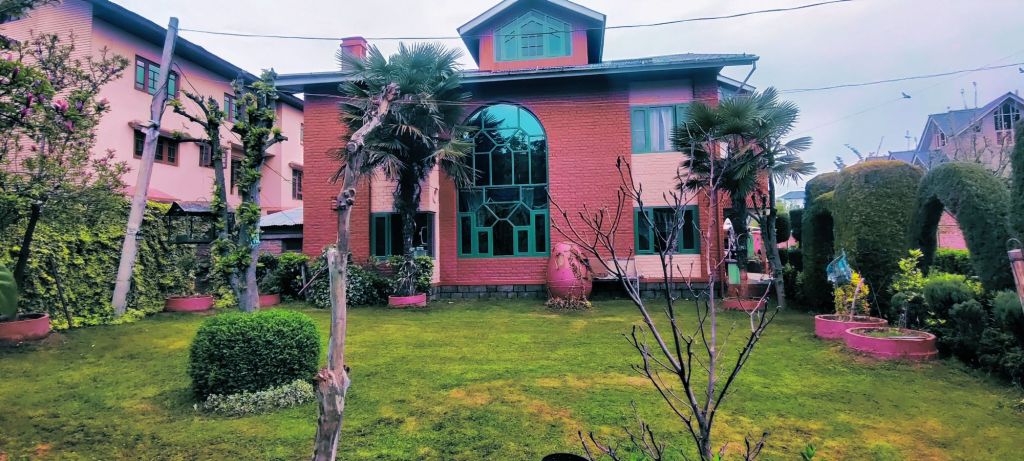
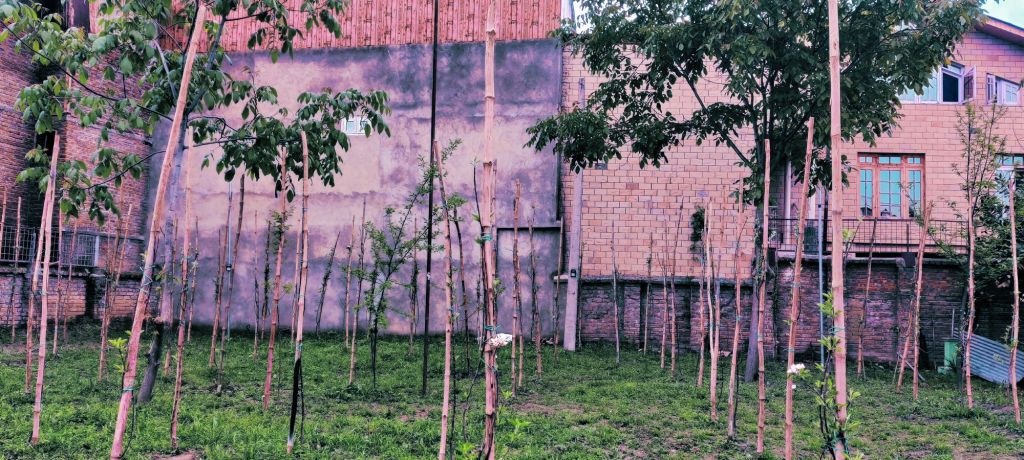
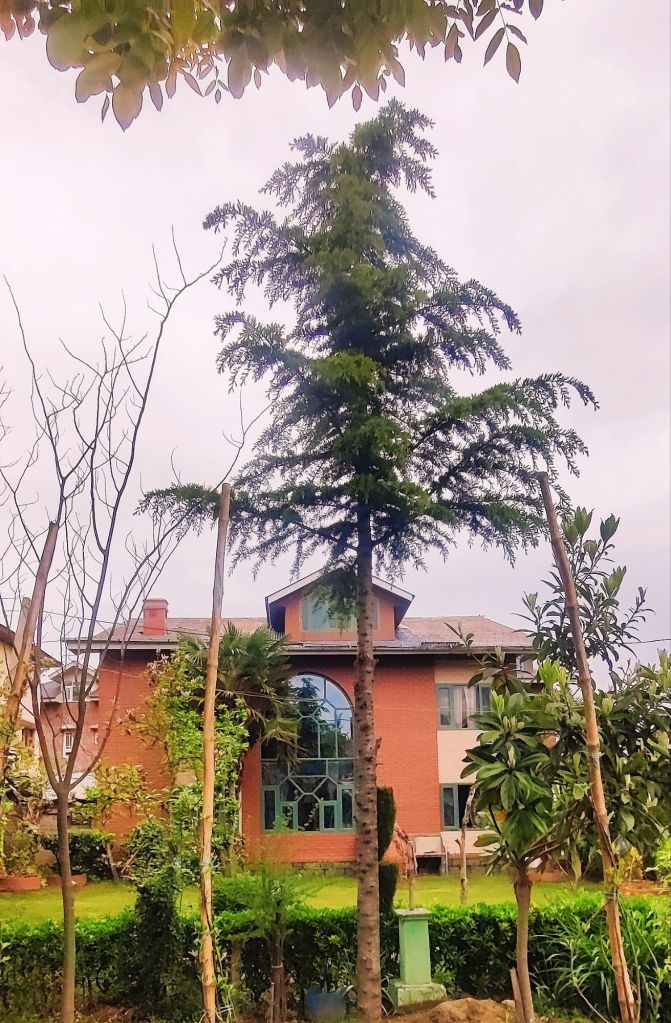


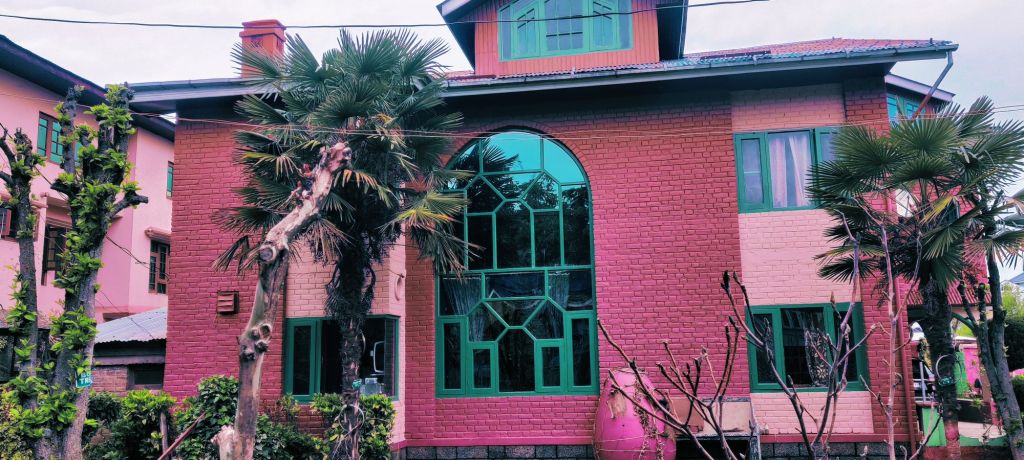
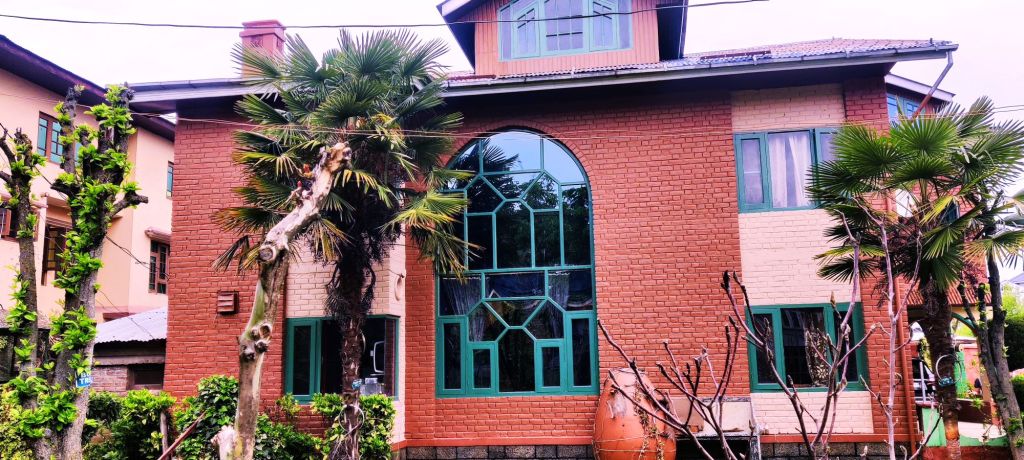

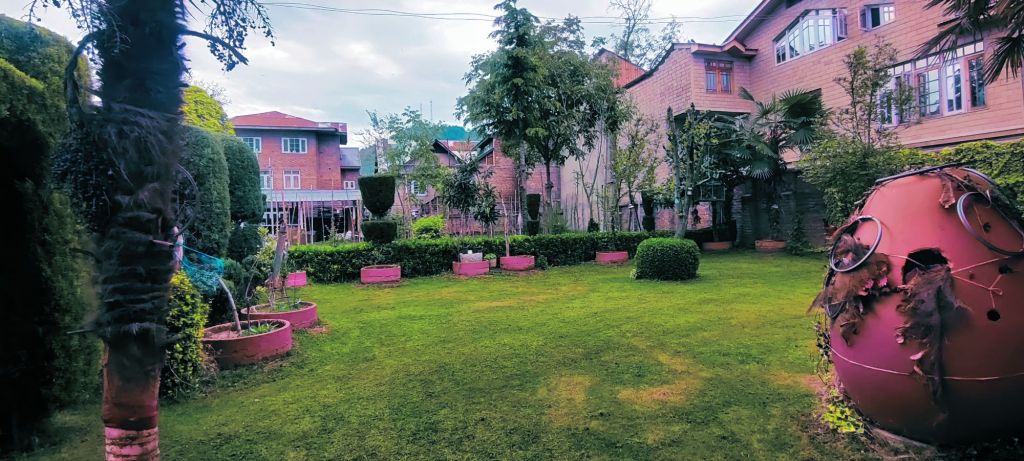

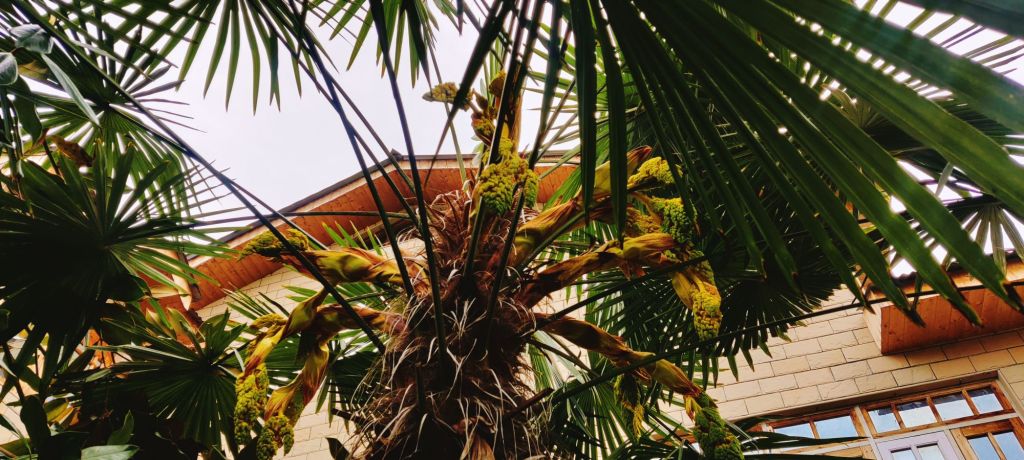

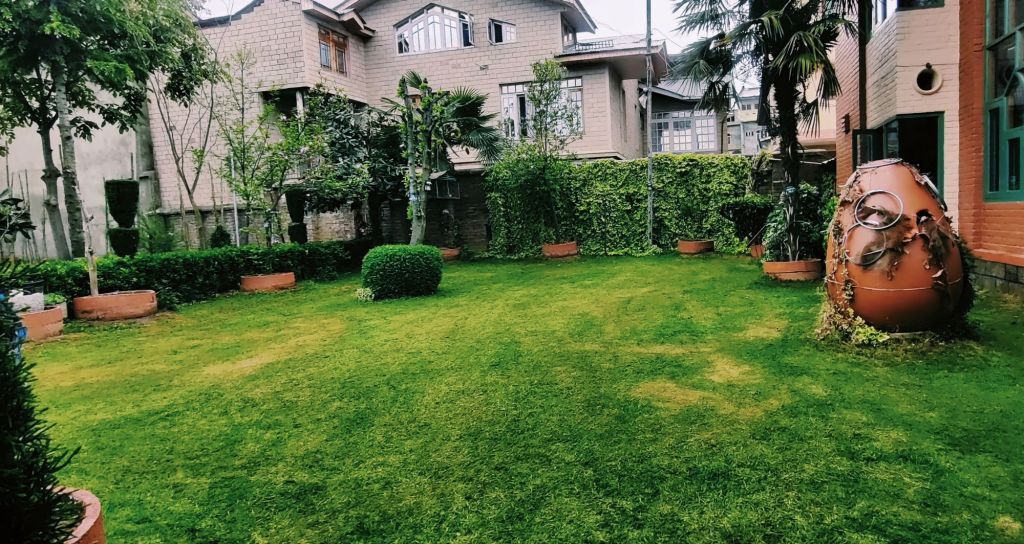





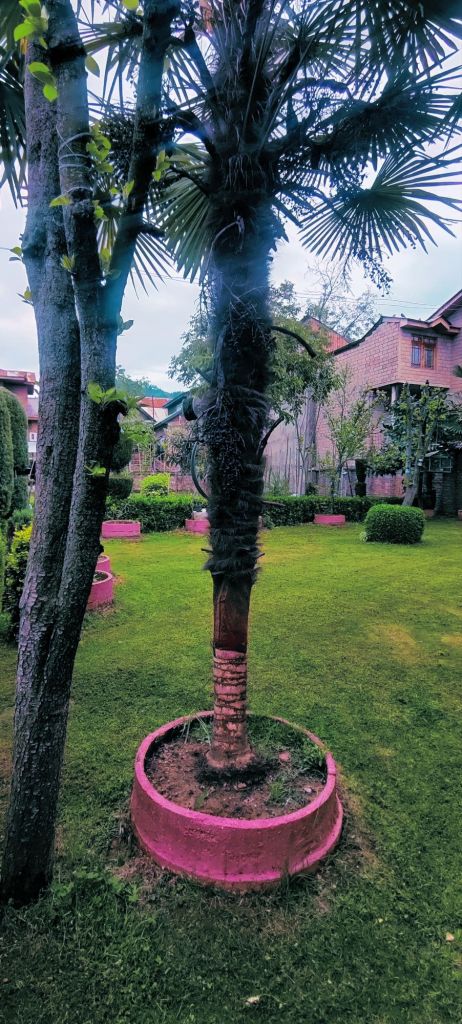


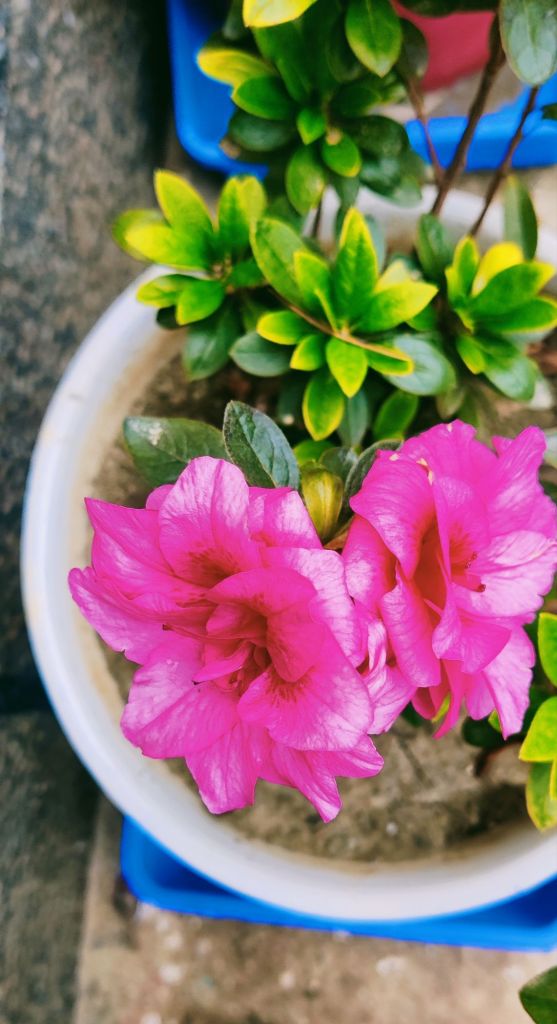
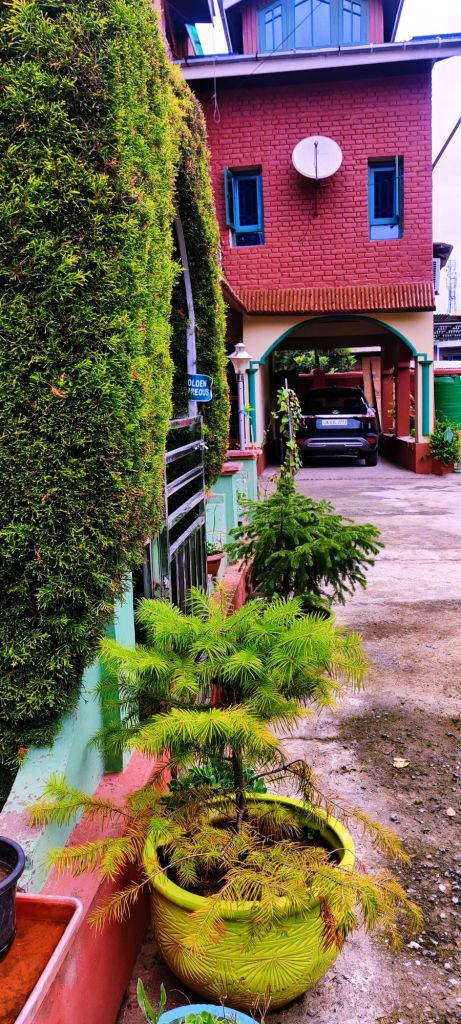



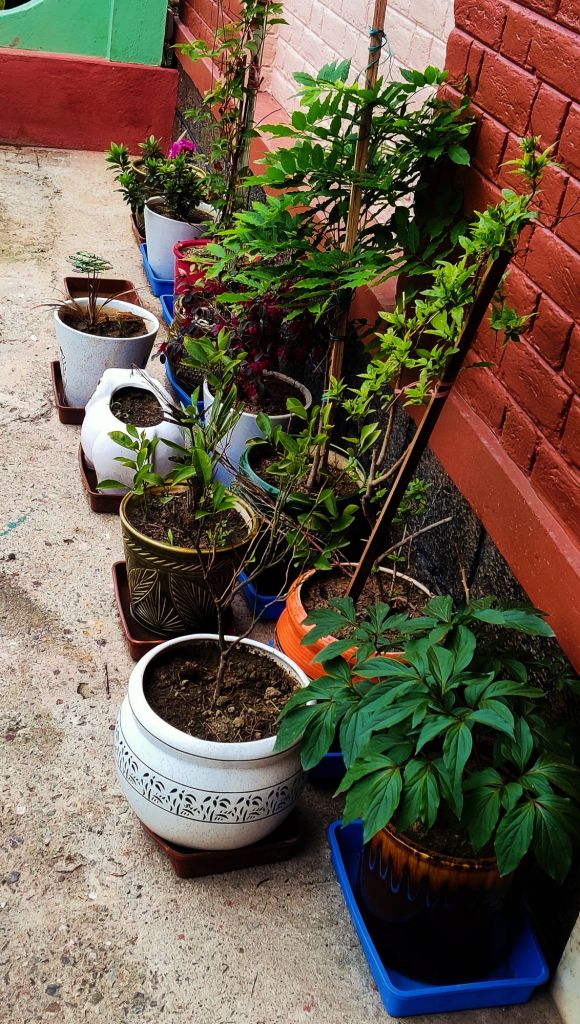






























Recent Comments